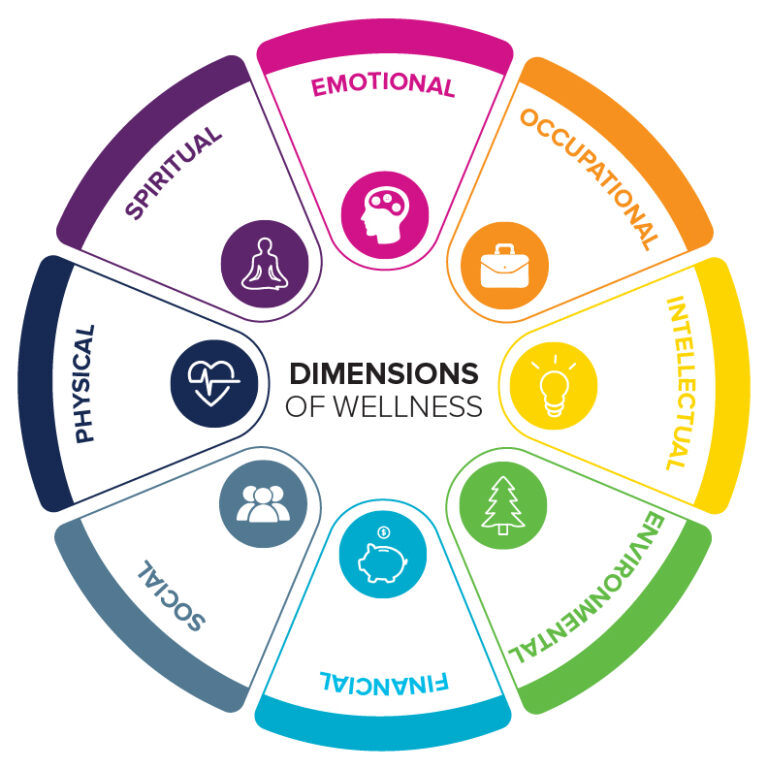Adult Entertainment: Understanding the Industry and Its Boundaries
What’s adult entertainment?
Adult entertainment refer to any content, performance, or service specifically create for adults that much contain mature themes, typically of a sexual nature. This industry encompass various media forms and venues design solely for adult consumption.
The definition vary across cultures and jurisdictions but broadly include content consider inappropriate for minors due to explicit sexual elements, nudity, or mature themes.
Types of adult entertainment
Visual media
Adult films constitute a significant segment of the industry. These productions range from soft core content with suggestive themes to hardcore material with explicit sexual activity.
Adult magazines have historically been a prominent medium, feature nude photography and sexual content. While print circulation has decline, many publications have transition to digital formats.
Online content has revolutionized the industry, with websites, streaming platforms, and subscription services offer unprecedented access to adult material.
Live entertainment
Strip clubs feature performers who dance and remove clothing for patrons. These venues typically operate under specific licensing requirements and age restrictions.
Adult theaters present live performances with sexual themes or nudity, range from burlesque shows to more explicit adult orient productions.
Exotic dancing combine choreography with sensual or erotic elements, oftentimes perform in clubs or at private events.
Interactive services
Adult webcam platforms allow performers to broadcast live content to viewers who typically pay through tips or private sessions.
Phone sex services offer verbal sexual content and fantasy scenarios through telecommunications.
Adult dating and hookup platforms connect individuals seek intimate encounters or relationships with sexual components.
Legal framework
Age restrictions
Most jurisdictions purely enforce age verification for both consumers and performers. In the United States, participants in adult content must be at least 18 years old, with documentation requirements under 18 u.s.c. § 2257.
Businesses must verify customer age before allow access to adult content or venues, with penalties for violations include fines and potential criminal charges.
Content regulations
Obscenity laws determine what content cross legal boundaries. The miller test, establish by the supreme court, provide guidelines for identifying lawfully obscene material that lack serious literary, artistic, political, or scientific value.
Different jurisdictions maintain varying standards regard what content is permissible. Some regions ban specific acts or themes outright, while others apply content rating systems.
Zoning and licensing
Many municipalities restrict adult businesses through zoning ordinances, frequently limit their proximity to schools, churches, or residential areas.
Adult entertainment venues typically require special business licenses with additional regulations compare to standard commercial enterprises.
Economic impact
Industry size
The adult entertainment industry generate billions in annual revenue globally. Online adult content lone represent a multi-billion dollar market segment.
The industry support numerous jobs across production, distribution, marketing, and ancillary services.

Source: business standard.com
Digital transformation
The internet has essentially changed how adult content is produce and consume. Traditional distribution channels have mostlygivene way to streaming services and subscription platforms.
Performer create content has grown considerably, with platforms allow direct monetization without traditional production companies as intermediaries.
Adjacent industries
Adult entertainment drive technological innovation, having influence developments in online payment systems, streaming technology, and virtual reality.
The industry connect with mainstream sectors include hospitality, tourism, and retail through conventions, adult theme products, and entertainment venues.
Ethical considerations
Consent and working conditions
Ethical production prioritize performer consent, fair compensation, and safe work environments. Reputable companies implement strict protocols for testing, consent documentation, and performer welfare.
Concerns persist regard exploitation, coercion, and unfair labor practices within segments of the industry.
Social impact
Researchers debate the effects of adult content consumption on relationships, sexual expectations, and attitudes. Some studies suggest potential negative impacts on relationship satisfaction and sexual expectations, while others indicate no significant harm from moderate consumption.
The industry face ongoing criticism regard the portrayal of gender roles, consent, and realistic sexual expectations.
Addiction concerns
Mental health professionals recognize problematic usage patterns that may develop with excessive consumption. While not officially classify as an addiction in diagnostic manuals, compulsive use can disrupt daily functioning and relationships.
Resources exist for those experience problematic consumption patterns, include therapy, support groups, and educational programs.
Evolution and trends
Technological advances
Virtual reality and interactive content offer progressively immersive experiences. These technologies create more engaging and personalized adult entertainment options.
Artificial intelligence applications include content personalization, performer simulation, and automate content moderation.
Cultural shifts
Ethical and feminist perspectives have influence production approaches, with grow demand for content emphasize consent, diversity, and authentic pleasure.
Mainstream acceptance has increase as cultural attitudes toward sexuality evolve, though stigma persist in many contexts.
Creator economy
Subscription base platforms allow performers to monetize content direct to fans, reduce dependency on traditional production companies.
Independent creators nowadays control their image, content, and business operations more than e’er ahead.
Distinguish adult entertainment from illegal content
Clear boundaries
Legal adult entertainment solely features consent adults and complies with applicable regulations. The industry maintain strict documentation requirements to verify performer age and consent.
Illegal content involve minors, non-consensual activity, or extreme content prohibit by law fall outside legitimate adult entertainment.
Industry self-regulation
Major platforms implement content moderation policies to prevent illegal material. These systems combine automate scanning with human review to identify and remove prohibit content.
Industry associations promote best practices and ethical standards to maintain legitimacy and legal compliance.
Media literacy and consumption
Educational approaches
Critical media literacy help consumers understand the distinction between fantasy and reality. Educational resources emphasize that adult entertainment typically present idealize or exaggerated scenarios preferably than realistic depictions.
Age appropriate discussions about media portrayals of sexuality can help young adults develop healthy perspectives.
Responsible consumption
Ethical consumption involve support creators who maintain fair practices and consent focus production. Consumers can research company policies and performer treatment before engage with content.

Source: edmchicago.com
Moderation and balance in consumption help prevent potential negative effects on relationships and sexual expectations.
Conclusion
Adult entertainment represent a complex industry that span multiple media formats and venues, operate within specific legal frameworks. Understand its scope, regulations, and ethical considerations provide context for meaningful discussions about its role in society.
As technology and cultural attitudes continue to evolve, the industry adapts consequently, with increase emphasis on consent, performer agency, and ethical production practices. The distinction between legal adult entertainment and prohibit content remain crucial for both industry participants and consumers.
Approach the topic with factual information kinda than moral judgments allow for more productive conversations about regulation, ethics, and media literacy in relation to adult content.



